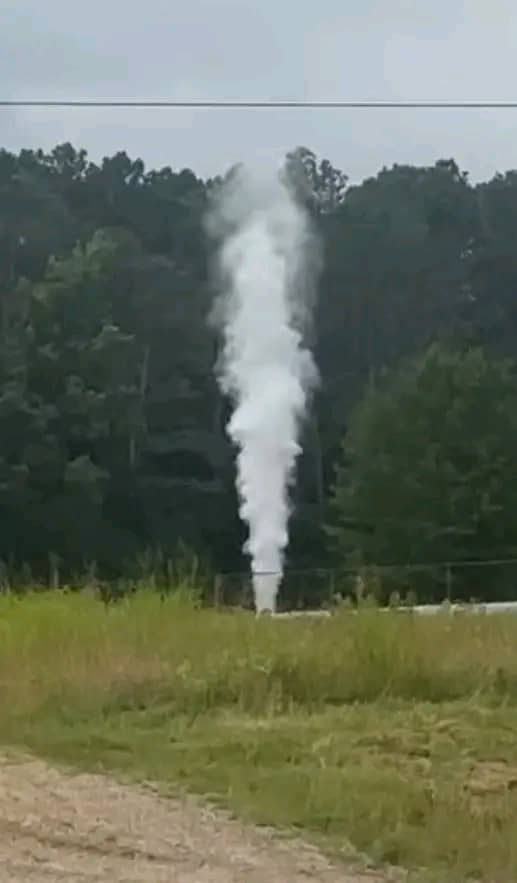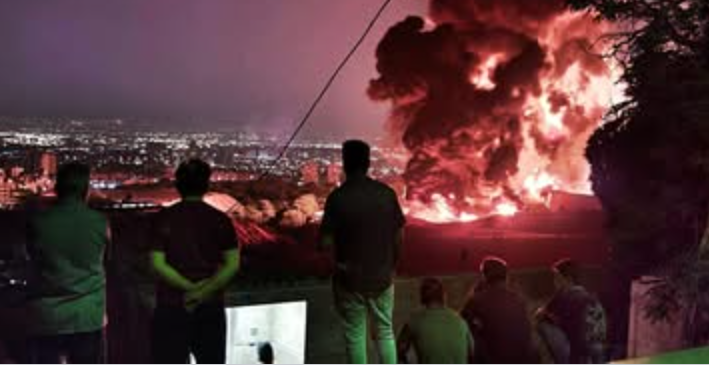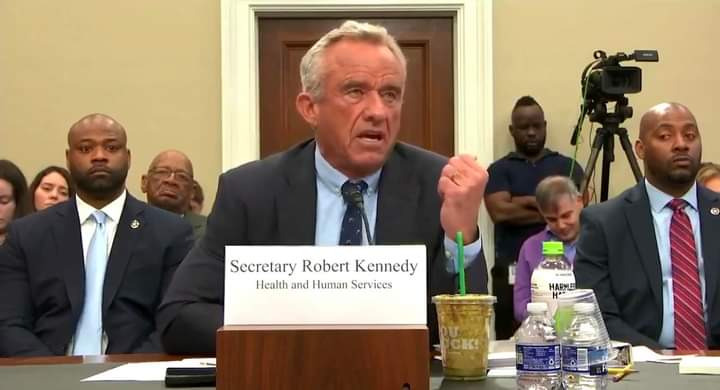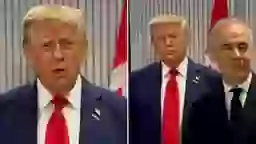As speculation grows over a potential U.S. withdrawal from NATO, European leaders are quietly crafting a bold vision to redefine the alliance’s future. Reports suggest the United Kingdom, France, Germany, and Nordic nations aim to present a collaborative defense strategy to former President Donald Trump ahead of NATO’s June summit in The Hague. The proposal centers on gradually reducing Europe’s reliance on American military support over the next decade, a move driven by Trump’s recurring threats to abandon the treaty. With the U.S. currently contributing 15.8% of NATO’s budget—$3.5 billion annually—and stationing up to 100,000 troops across the continent, European officials acknowledge the monumental task ahead. The plan underscores a collective push to “share the burden” of continental security, ensuring stability even if transatlantic ties fray.
Central to this strategy is a managed transition aimed at bolstering Europe’s independent defense capabilities. Bloomberg News recently revealed NATO’s call for a 30% increase in weapons stockpiles by European members and Canada, with nations like the UK and Germany already committing to higher defense budgets. Analysts estimate it could take five to ten years for Europe to match the U.S.’s current military contributions, particularly in critical areas like air defense and logistics. While some officials downplay the urgency, citing skepticism over Trump’s willingness to upend NATO, others argue preparedness is non-negotiable. “Increasing spending is our only viable path,” one anonymous official told the Financial Times, emphasizing the need to shift away from dependency on American resources.
Complicating these efforts are simmering tensions between the UK and the European Union. Brussels recently excluded British arms firms from a £125 billion EU defense fund, citing stalled negotiations over post-Brexit agreements on fishing rights and migration. This exclusion highlights broader geopolitical friction, as Europe seeks unity while navigating complex bilateral relationships. Meanwhile, Trump’s ambiguous stance continues to stir unease. Though he has oscillated between criticizing NATO and downplaying drastic changes, European leaders are wary of betting on continuity. “Trust in U.S. leadership under Trump is fractured,” a diplomatic source noted, stressing the need for contingency plans.
The proposed overhaul identifies five key military domains requiring urgent investment: air defense systems, long-range artillery, communication networks, logistical infrastructure, and ground forces. Collaborative projects, such as joint air defense initiatives, are already gaining traction among member states. However, the scale of the challenge looms large. For decades, NATO’s deterrence strategy has hinged on U.S. dominance, leaving Europe’s militaries under-resourced in comparison. Critics argue that fragmented political priorities and budget constraints could slow progress, but proponents insist the crisis demands bold action. “This isn’t just about replacing American capabilities—it’s about reimagining European sovereignty,” a defense analyst remarked.
As debates over NATO’s future intensify, questions linger about the feasibility of Europe’s ambitions. While the continent’s combined GDP rivals that of the U.S., translating economic strength into military parity remains a daunting hurdle. Public sentiment also varies, with some nations resisting higher defense spending amid domestic pressures. Yet, the urgency of the moment appears to galvanize action. “The task is overwhelming, but inaction isn’t an option,” one official conceded. Whether Europe can unite to fill the vacuum left by a retreating America—and whether such efforts can outpace geopolitical turbulence—will shape the continent’s security landscape for decades to come.



